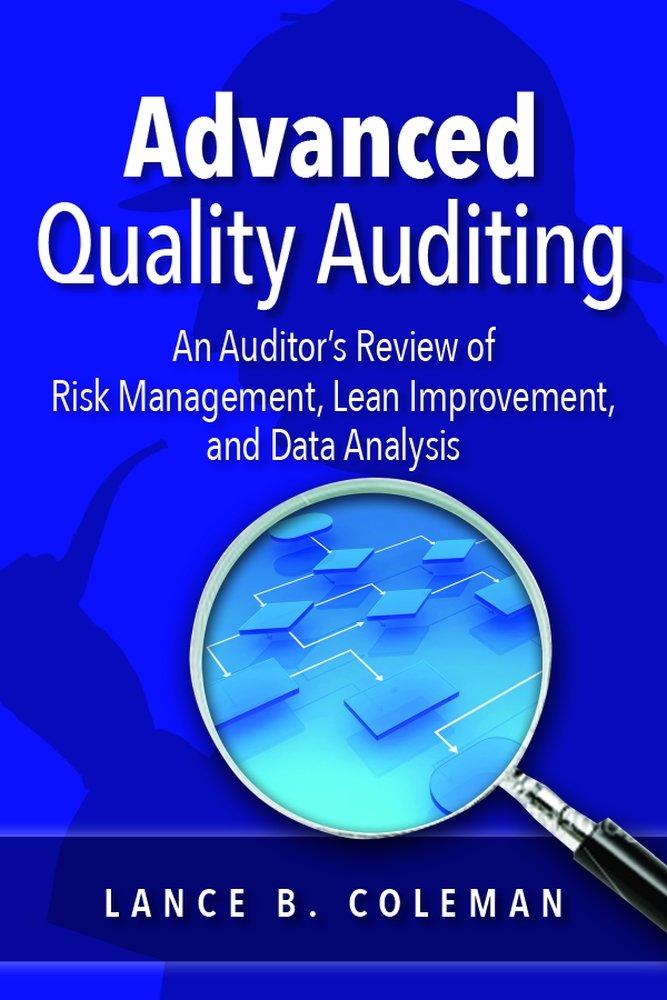15. The decline in inventory turnover should prompt the auditors to increase their attention to the audit of inventory Select Increased tracing of physical inventory quantities, both counted and not counted, from tags or count sheets to final inventory listings, expanded inventory turnover tests, and more questioning of production and marketing personnel as to salability of goods are all suggested by these conditions. Increased attention to Select and confirmation of customer accounts receivable is suggested by the sales increase. The auditors should expand their analysis of sales invoices, freight bills, and bill of lading representing sales allegedly occurring during the last few weeks of 20X9. The auditors should also plan to confirm, on a positive basis, all large customer accounts as of December 31, 20x9, as well as a significant sample of the remaining accounts. The decline in material and labor unit costs for 20x9 relative to 20x8 should lead the auditors to carefully examine the standard cost setting process and obtain satisfaction concerning any reductions in standard unit costs. Inasmuch as these are variable costs and the production process has not changed dramatically from 20x8 to 20x9, the decrease does not appear reasonable. As suggested above, Inventory costs may have been charged to other assets especially self-constructed fixed assets. For this reason, the auditors must be particularly alert to cost capitalization when examining support for these projects. If standard costs have been reduced without Justification and unfavorable variances transferred to other asset accounts, gross profit is inflated. The significant Select i n gross profit rates and the Select in Inventory unit costs suggest that this may have occurred. 15. The decline in inventory turnover should prompt the auditors to increase their attention to the audit of inventory Select . Increased tracing of physical inventory quantities, both counted and not counted, from tags or count sheets to final inventory listings, expanded inventory turnover tests, and more questioning of production and marketing personnel as to salability of goods are all suggested by these conditions. Increased attention to Select and confirmation of customer accounts receivable is suggested by the sales increase. The auditors should expand their analysis of sales invoices, freight bills, and bills of lading representing sales allegedly occurring during the last few weeks of 20X9. The auditors should also plan to confirm, on a positive basis, all large customer accounts as of December 31, 20X9, as well as a significant sample of the remaining accounts. The decline in material and labor unit costs for 20x9 relative to 20x8 should lead the auditors to carefully examine the standard cost setting process and obtain satisfaction concerning any reductions in standard unit costs. Inasmuch as these are variable costs on the production process has not changed dramatically from 20X8 to 20x9, the decrease does not appear reasonable. As suggested above, inventory costs may have been charged to other assets- especially self-constructed fixed assets. For this reason, the auditors must be particularly alert to cost capitalization when examining support for these projects. If standard costs have been reduced without justification and unfavorable variances transferred to other asset accounts, gross profit is inflated. The significant Select i n gross profit rates and the Select in inventory unit costs suggest that this may have occurred








